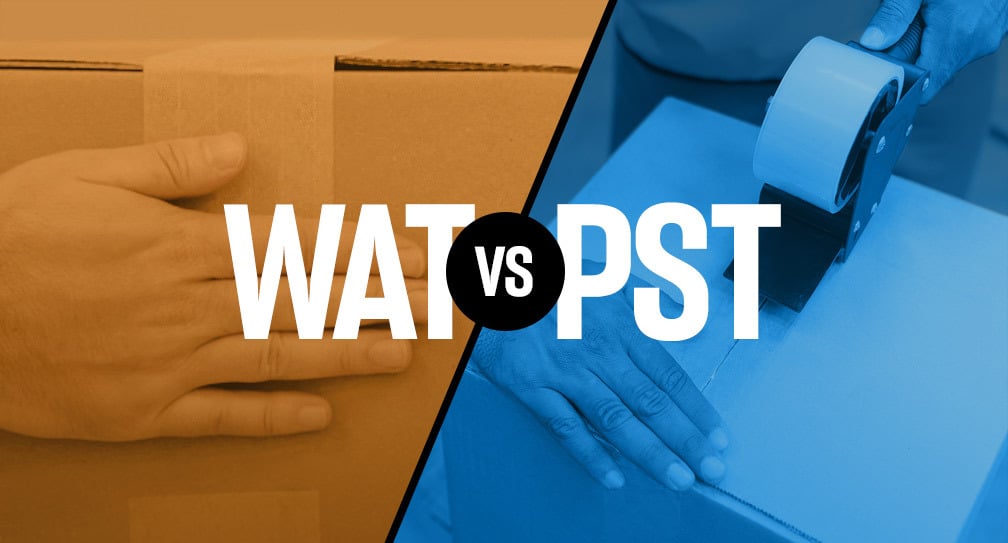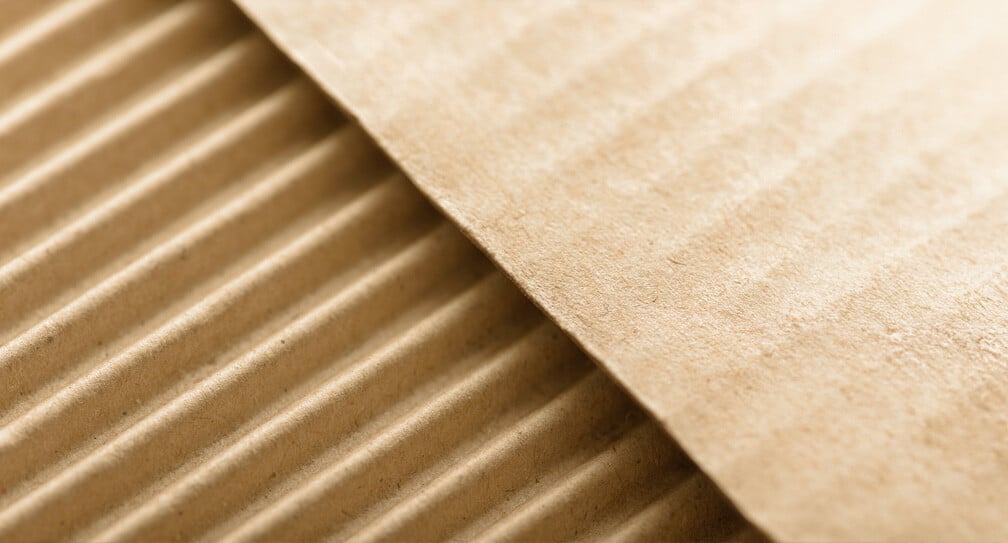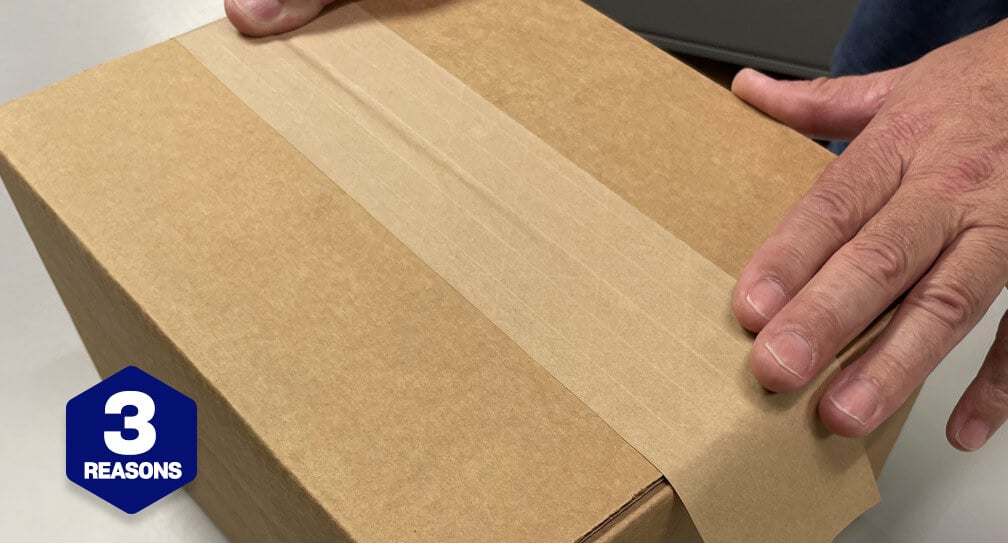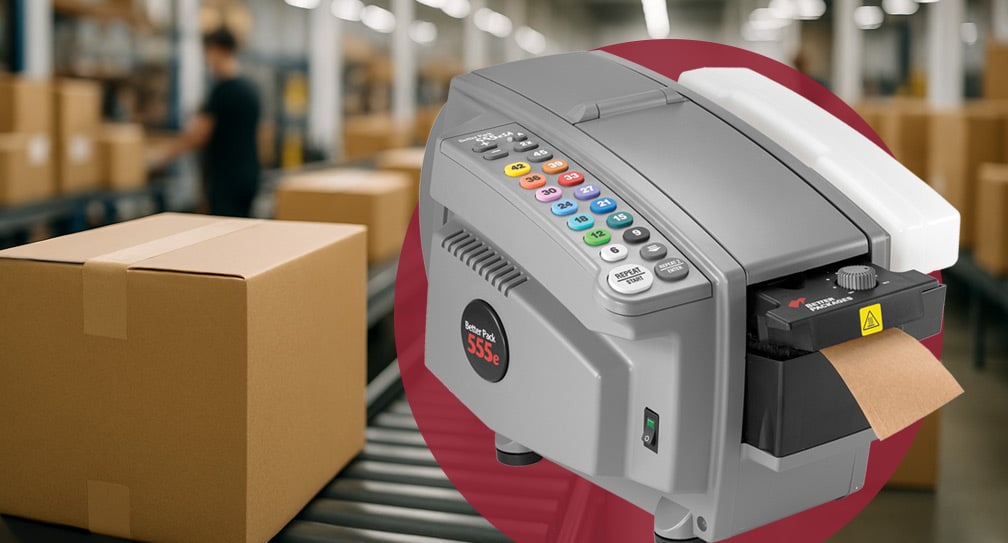The right packaging tape can create a strong seal that protects contents from damage, theft, and environmental factors, ensuring your packages arrive safely and securely. Two major types you will want to consider are water-activated tape (WAT) and pressure-sensitive tape (PST ).
Last year, approximately 85 million packages delivered in the US were damaged, according to the New York Post. Package damage usually occurs due to logistical failures, including improper handling and flimsy packaging.
We provide a comprehensive comparison of WAT vs. PST to help you evaluate and choose the best option for your packaging needs.
What Are the Different Types of Packaging Tape?
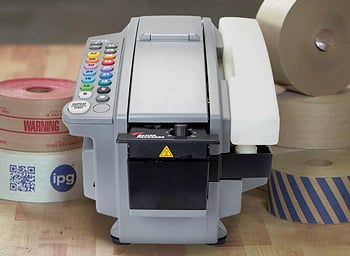 Water-activated and pressure-sensitive tapes are the two most common types of packaging tape.
Water-activated and pressure-sensitive tapes are the two most common types of packaging tape.
Water-activated tape is made from a kraft paper backing and a starch-based adhesive that is activated when moistened. Some reinforced versions contain additional materials for extra strength. Examples include IPG's Venom and 240 WAT product styles
When comparing WAT vs. PST, you should consider factors such as performance, material usage and efficiency, branding, and environmental impact.
Tamper Resistance
WAT creates a tamper-evident seal that cannot be removed without visibly damaging the box, providing an additional layer of security for valuable items. Although tampering with PST may leave behind visible evidence, many standard types can be peeled away with little effort, making tampering harder to detect.
Productivity
Different application methods and dispensers for both types of tape result in significant variations in sealing speed and packaging efficiency. Manual or electric dispensers can be used for WAT applications, with electric dispensers automatically measuring, wetting, and cutting the tape in seconds, making the process generally faster for high-volume packaging. When applying PST, using a pistol-grip handheld dispenser is faster than hand taping. However, despite this, it is usually better suited for tasks involving infrequent sealing or various box sizes.
Material Usage and Efficiency
Packaging efficiency is also heavily dependent on material usage and wastage. Only one strip of WAT is required per seal due to its superior strength, compared to multiple strips often used for PST. The hand-taping application method used for PST could also result in excessive tape usage.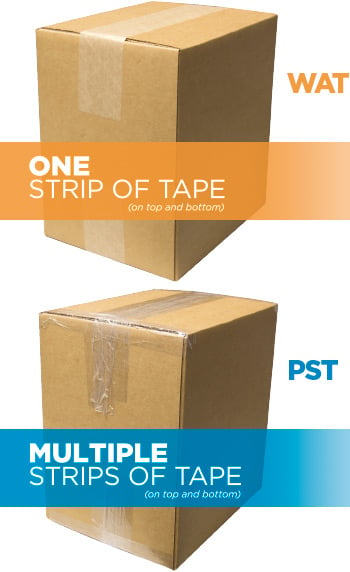
Although PST has a lower initial cost, increased material usage and potential damage from inadequate sealing often result in higher long-term costs. The upfront equipment costs of WAT are also high, but it offers lower long-term costs as it requires less material and labor.
Environmental and Branding Considerations
If you are interested in maintaining or boosting your green targets, which, according to PwC's 2025 State of Decarbonization Report, almost 84% of companies are doing, using more eco-friendly packaging tape can help. WAT contains kraft paper and plant-based adhesives, which can be recycled with cardboard and are biodegradable. In contrast, many pressure-sensitive tapes are petroleum-based and made of plastics that do not break down.
Additionally, WAT offers a premium look and feel ideal for high-quality branding. PST can also be custom printed, but may have a less professional appearance due to the multiple strips often used on a carton
Frequently Asked Questions
What Packaging Tape Lasts the Longest?
Packaging tape that provides the longest-lasting seal is water-activated gummed paper tape and acrylic-based carton sealingtape, which are engineered for long-term durability. WAT once activated by water, creates a strong, permanent bond with cardboard and is excellent for long-term storage in extreme climates.
Which Packaging Tape Is the Strongest?
The strongest packaging tapes are typically Reinforced WAT tapes, which have bi-directional glass or polyester fibers embedded within, providing exceptional strength for bundling and securing heavy items or large packages. Other types of strong packaging tape include hot-melt tape and long-term storage tape.
Finding the Best Tape for Optimal Packaging Results
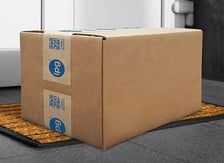 Finding the best tape for optimal packaging results starts with determining your shipping needs and priorities, then comparing WAT vs PST to see to what extent each can meet them. Although cost is also a major factor when deciding, also consider performance, material usage, and efficiency, along with environmental and branding opportunities.
Finding the best tape for optimal packaging results starts with determining your shipping needs and priorities, then comparing WAT vs PST to see to what extent each can meet them. Although cost is also a major factor when deciding, also consider performance, material usage, and efficiency, along with environmental and branding opportunities.
The wide range of packaging tape solutions offered by IPG helps ensure you can find packaging tape to suit your company's needs. Our professional, passionate, and talented team will also help you achieve your sustainability goals. Visit our site today to get started!

